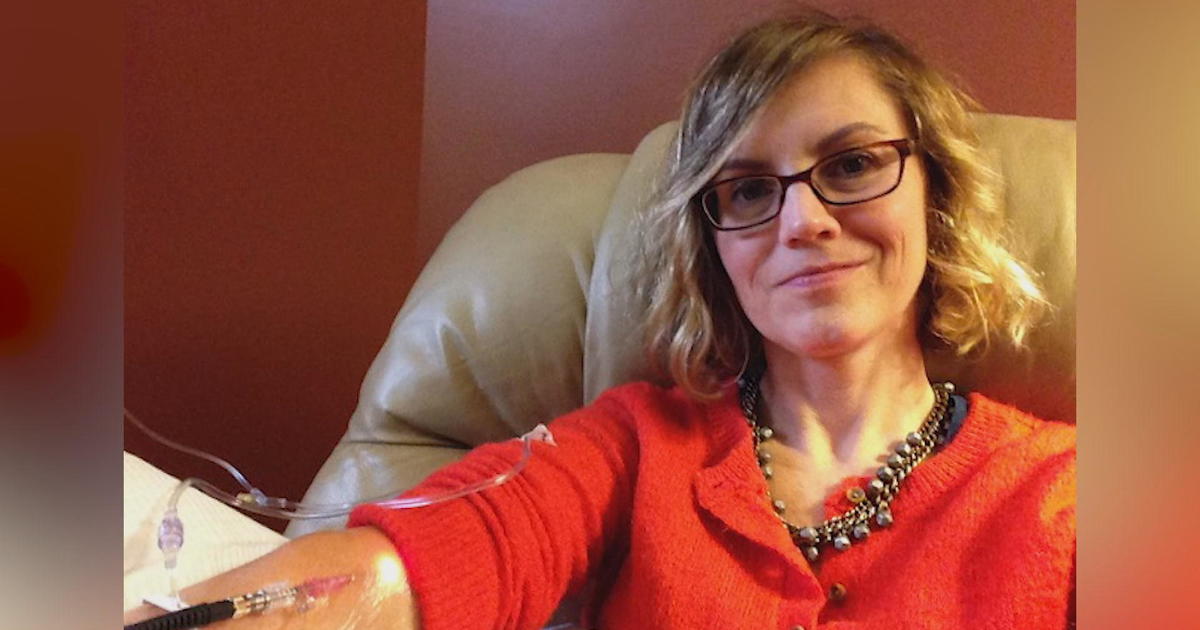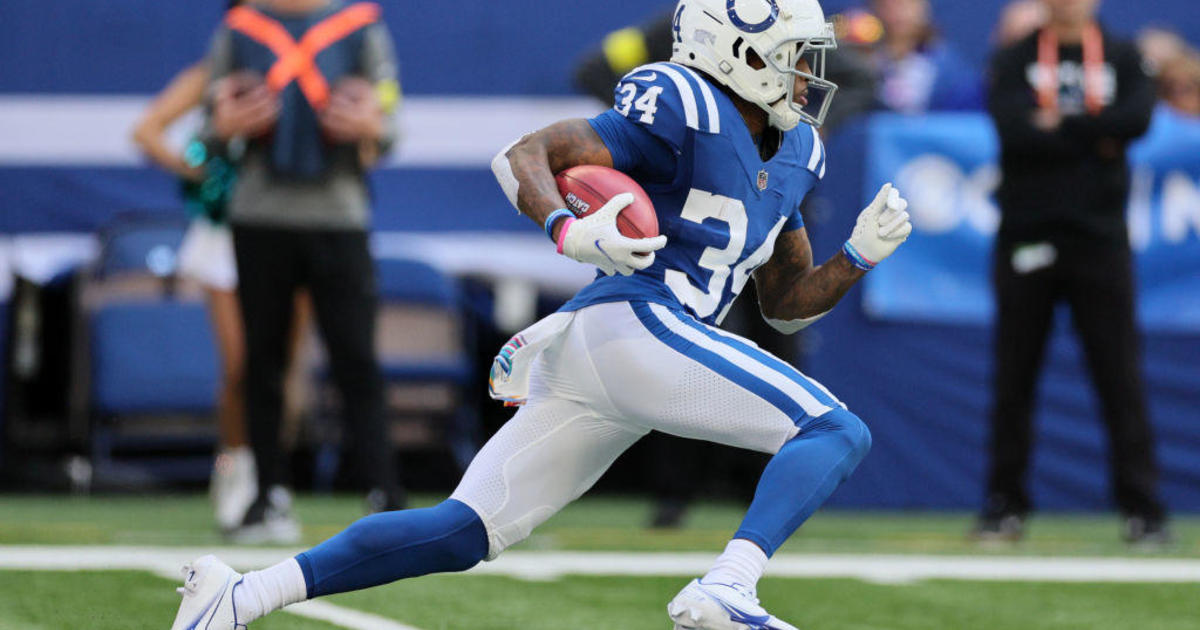Penn State Athletic Director Stresses Finances As Top Priority
STATE COLLEGE, Pa. (AP) — Six months into her tenure, Penn State athletic director Sandy Barbour is focused on keeping the school's 31 sports financially healthy.
"You create resources either by spending what you have more smartly ... and also by raising more money," Barbour said during a recent interview with the Associated Press.
Barbour, who replaced Dave Joyner in August 2014, said it's about more than simply raising ticket prices.
"Let's actually create new revenue streams," she said. "What are those? We're doing a disservice to the enterprise if we're not also looking at the expenditure side of it."
Barbour, 55, oversees an athletic budget of between $110 million and $120 million. That budget has taken some hits in recent years because of a $60 million fine — $12 million a year for five years — levied by the NCAA after the Jerry Sandusky child abuse scandal, and lower net income from the football program.
Intercollegiate athletics borrowed $30 million from the university's Board of Trustees in November 2013.
The athletic department showed a modest profit in the 2013-14 budget report of $150,351. Penn State registered a net loss of nearly $6 million in 2012-13. Officials already have announced an expected deficit in the 2014-15 budget, due in part to the NCAA's new scholarship legislation that will add cost of attendance fees to scholarships.
That comes to about $1.75 million for Penn State.
"Let's face it, funding appropriately a 31-sport, 850-student-athlete program is expensive," Barbour said.
Barbour said the fees will be added to scholarships in all sports.
There are no plans to cut non-revenue and other Olympic sports, Barbour said. Barbour said it's important to keep its current sports in place.
Penn State will receive more than $6 million in bowl revenue from the Big Ten in 2015-16; the conference had not rewarded the university with postseason revenue since scandal-related sanctions took effect in 2012. Penn State beat Boston College in the Pinstripe Bowl in December, the school's first postseason game since 2011. The NCAA relieved sanctions on scholarship limitations and bowl games last year.
The only other sports that are profitable besides football are men's basketball and men's hockey.
Football always has been the budget-driving engine at Penn State. The program's revenue in 2013-14 was nearly $38 million from seven home games.
Attendance increased nearly 5,000 fans per game in 2014, with the Nittany Lions averaging 101,623 fans per game. Fees to park at football games have increased for the upcoming season, but the price of tickets will remain the same.
Barbour said because of college football playoffs that there needs to be a "bigger impetus" on strength of schedule.
"The fans want a winning product but they also want a challenge and they want some excitement around it," she said. "And they want to be able to see not only in their home venue a really high-profile team and a high-profile nationally interesting game but also the opportunity to travel to some of those places."
Barbour calls the Penn State job the pinnacle for her career. The school's Nittany Lion Club, the chief fund-raising entity for the athletic department, recently introduced a Bridge to the Future Fund in order to raise money to renovate and upgrade athletic facilities.
Barbour made the first donation of $100,000.
"I feel fortunate to have the abilities that I have and I always want to support things I believe in," she said. "I believe in this university and I believe in this department."
(© Copyright 2015 The Associated Press. All Rights Reserved. This material may not be published, broadcast, rewritten or redistributed.)



